
A water fountain can add beauty and tranquillity to your outdoor space. Whether you're looking to create a peaceful oasis in your backyard or simply want to add a touch of elegance to your garden, a water fountain can be a wonderful addition. Installing a water fountain can seem like a daunting task, but with the right tools and a little bit of know-how, you can easily create a stunning water fountain of your own.

Tools and Materials Needed for Installing a Water fountain
Having the right tools and materials is crucial for a successful water fountain installation. Below is a more detailed list of the items you'll need, along with a brief description of each item's purpose.
Water fountain Kit
The water fountain kit includes all the essential components needed to create your water fountain, such as the basin, fountainhead, and plumbing. Choose a kit that is appropriate for the size and design of your water fountain.
Garden Hose or PVC Pipe
You'll need a garden hose or PVC pipe to connect the water pump to the water fountain. The length of the hose or pipe will depend on the distance between the pump and the water fountain.
Shovel
A shovel is used to dig the hole for the water fountain and remove any grass or dirt from the site.
Level
A level is used to ensure that the water fountain is level and stable. This is important for both the appearance and the functioning of the water fountain.
Brick or Pavers
Bricks or pavers serve as a foundation for the water fountain and help to keep it level. Choose a material that complements the design of your water fountain and the surrounding area.
Gravel or Sand
Gravel or sand is placed at the bottom of the hole to help with drainage and to provide a stable base for the water fountain.
Power Drill
A power drill is needed to create holes in the bricks or pavers for the plumbing.
Concrete Mix
Concrete mix is used to fill the area around the water fountain and provide a stable base.
Water Pump
A water pump is essential for circulating the water in the water fountain. Choose a pump that is appropriate for the size of your water fountain.
Having all the right tools and materials on hand will make the installation process smoother and more efficient. Be sure to double-check your list before you begin to ensure that you have everything you need.
Obtaining the Tools and Materials for Installing a Water fountain
To successfully install a water fountain, you will need a variety of tools and materials. Here are some tips on how and where to obtain the necessary items.
Hardware Stores and Home Improvement Centers
Your local hardware store or home improvement center is a great place to start when looking for tools and materials. They typically carry a wide variety of items, including pumps, plumbing supplies, and electrical components. The staff at these stores can also provide valuable advice and recommendations based on your specific needs.
Online Retailers
Online retailers such as Amazon and eBay offer a vast selection of water fountain supplies, including pumps, filters, lights, and other components. Shopping online allows you to compare prices and products from the comfort of your own home. Just be sure to choose a reputable retailer with positive customer reviews.
Specialty Stores
Specialty stores that focus on water fountains, pond supplies, and aquatic plants can be an excellent resource for tools and materials. These stores often have a more extensive selection of products and can provide specialized advice and assistance.
Renting Tools
If you don't have the necessary tools or don't want to invest in purchasing them, you can also consider renting tools from a hardware store or rental center. This can be a cost-effective solution, especially if you only need the tools for a short period of time.
By researching your options and considering the specific needs of your water fountain, you can obtain the tools and materials necessary to successfully install your water fountain. Whether you prefer shopping in-person, online, or through a specialty retailer, the right supplies are available to help you create the perfect water fountain for your outdoor space.
Preparing the Site for Your Water fountain Installation
Proper preparation of the site is critical for a successful water fountain installation. Below are some key steps to follow when preparing your site.
Determine the Best Location
The first step in preparing your site is to determine the best location for your water fountain. Consider factors such as the size of the water fountain, the surrounding landscape, and the amount of sunlight the area receives. It's also important to consider the proximity to electrical outlets and plumbing.
Mark the Area
Once you have determined the best location, use spray paint or stakes to mark the area where the water fountain will be installed.
Clear the Site
Remove any grass, rocks, or other debris from the area where the water fountain will be installed. Use a shovel to dig up the grass and a rake to remove any rocks or other debris.
Measure the Area
Measure the length, width, and depth of the area to ensure that it is the correct size for your water fountain.
Create a Border
Create a border around the site using bricks or pavers to keep the water fountain in place. This will also provide a stable base for the water fountain.
Check for Utilities
Before digging, check for underground utilities such as electrical, gas, and water lines. Call your local utility company to have the area marked.
By following these steps, you will ensure that your site is properly prepared for your water fountain installation. Proper preparation will not only make the installation process smoother, but it will also ensure that your water fountain is stable, level, and functional.
Installing the Water fountain: Step-by-Step Guide
Installing a water fountain can be a rewarding DIY project, but it's important to follow the steps carefully to ensure a successful installation. Here is a step-by-step guide for installing a water fountain.
Step 1: Place the Basin
Place the basin in the center of the site, making sure it is level and centred. If necessary, adjust the position of the basin to ensure that it is level.
Step 2: Install the Pump
Install the water pump in the basin, following the manufacturer's instructions. Connect the pump to the garden hose or PVC pipe that will be used to supply the water.
Step 3: Install the Plumbing
Install the plumbing for the water fountain, following the manufacturer's instructions. This includes connecting the pump to the fountainhead and any other components of the water fountain.
Step 4: Fill the Basin with Water
Fill the basin with water, making sure that it covers the water pump. Turn on the pump to ensure that it is functioning properly.
Step 5: Install the Fountainhead
Install the fountainhead, following the manufacturer's instructions. Make sure that it is securely in place and that the water is flowing properly.
Step 6: Fill the Surrounding Area with Gravel or Sand
Fill the surrounding area with gravel or sand, making sure that it covers the plumbing and provides a stable base for the water fountain.
Step 7: Install the Border
Install the border around the water fountain, using bricks or pavers. Make sure that the border is level and that the water fountain is secure.
Step 8: Add Decorative Stones or Plants
Add decorative stones or plants to the surrounding area of the water fountain to enhance its aesthetic appeal. You can choose stones and plants that complement the style and color of your water fountain.
Step 9: Test the Water fountain
Turn on the water fountain and let it run for a few hours to ensure that it is functioning properly. Check for any leaks or issues with the plumbing and make any necessary adjustments.
Step 10: Maintain the Water fountain
Regular maintenance is important for keeping your water fountain in good condition. Clean the basin and fountainhead regularly, and change the water as necessary. Follow the manufacturer's instructions for proper maintenance.
By following these steps, you can install a beautiful and functional water fountain in your backyard. A well-installed water fountain will provide years of enjoyment and relaxation.
Adding Decorative Elements: Enhancing the Aesthetic Appeal of Your Water fountain
A water fountain can add beauty and tranquillity to any outdoor space, and adding decorative elements can enhance its aesthetic appeal. Decorative elements can also help to create a cohesive look that blends with the surrounding landscape. Here are some ideas for adding decorative elements to your water fountain.
Stones and Pebbles
Stones and pebbles can be used to create a natural look for your water fountain. They can be placed in the basin or surrounding area to add texture and interest. You can choose stones and pebbles in a variety of sizes, shapes, and colors to create a unique look.
Plants and Flowers
Plants and flowers can be used to create a lush and verdant look for your water fountain. They can be placed in pots or planted directly in the ground around the water fountain. You can choose plants and flowers that complement the style and color of your water fountain.
Statuary and Ornaments
Statuary and ornaments can be used to add interest and whimsy to your water fountain. You can choose from a wide range of sculptures, figures, and other decorative pieces that suit your taste and style.
Lighting
Lighting can be used to highlight the beauty of your water fountain and create a peaceful atmosphere. You can choose from a variety of lighting options, including underwater lights, spotlights, and lanterns.
By adding decorative elements to your water fountain, you can create a beautiful and tranquil outdoor space that you can enjoy for years to come. Whether you choose stones, plants, statuary, or lighting, there are many options available to enhance the aesthetic appeal of your water fountain.
Maintenance: Keeping Your Water fountain in Optimal Condition
A water fountain is a beautiful and relaxing addition to any outdoor space, but regular maintenance is necessary to keep it in good condition. Proper maintenance not only ensures the longevity of your water fountain, but it also helps to keep it looking its best. Here are some tips for maintaining your water fountain.
Cleaning the Basin and Fountainhead
The basin and fountainhead should be cleaned regularly to remove any buildup of debris or algae. You can use a mild detergent and a soft-bristled brush to clean the surface. Rinse thoroughly with water to remove any soap residue.
Changing the Water
The water in your water fountain should be changed regularly to maintain its cleanliness and clarity. The frequency of water changes will depend on the size of your water fountain, the climate, and other factors. You can use a garden hose to drain the water and refill the basin.
Checking for Leaks
Check your water fountain regularly for any leaks or issues with the plumbing. Leaks can lead to water loss, water damage, and other problems. If you detect a leak, it is important to address it promptly to prevent further damage.
Winterizing Your Water fountain
If you live in a climate with cold winters, it is important to winterize your water fountain. This involves draining the water, disconnecting the plumbing, and covering the basin to protect it from freezing temperatures.
By following these maintenance tips, you can keep your water fountain in optimal condition and enjoy its beauty and tranquility for years to come. Regular maintenance is an important part of responsible water fountain ownership, and it will help to ensure the longevity and functionality of your water fountain.
Safety Considerations When Installing a Water fountain
While installing a water fountain can be a fun and rewarding project, it is important to take safety precautions to avoid accidents and injuries. The following are some important safety considerations to keep in mind:
Electric Shock
If you are installing a water fountain with an electric pump, make sure to take precautions to avoid electric shock. Ensure that the electrical connections are tight and secure and that the pump is properly grounded.
Slip and Fall Hazards
When working near water, it is important to take steps to avoid slip and fall hazards. Wear sturdy, slip-resistant shoes and be careful when working on wet or slippery surfaces.
Digging Hazards
If you need to dig to create a level surface for your water fountain, be aware of any underground utilities or pipes that may be present. Contact your local utility companies for information about the location of any underground lines in your area.
Heavy Lifting
Some water fountain components, such as pumps and water-resistant liners, can be heavy and difficult to move. When lifting heavy items, make sure to use proper lifting techniques and seek help from a friend or family member if needed.
Chemical Safety
If you are using chemicals to clean or treat the water in your water fountain, make sure to follow the manufacturer's instructions carefully and take precautions to avoid skin contact, inhalation, and other forms of exposure.
Structural Integrity
Make sure that the structure of your water fountain is strong and stable. Regularly inspect the structure for signs of damage or wear and take steps to repair any issues promptly.
By considering these additional safety considerations, you can help to ensure that your water fountain is both safe and functional for years to come.
Final Thoughts
Installing a water fountain can be a fun and rewarding DIY project. With a little bit of patience and attention to detail, you can create a stunning water fountain that will bring beauty and tranquillity to your outdoor space. Whether you choose a simple or elaborate design, a water fountain can make a wonderful addition to any garden or backyard.
Related Articles
How to choose the right water feature
Comprehensive Guide to Solar Powered Water fountains
Concrete Water fountains- a Comprehensive Guide
Guide on Tiered Water Fountains
Best Material for a Water fountain
How to choose the right pump for Your Water Feature?


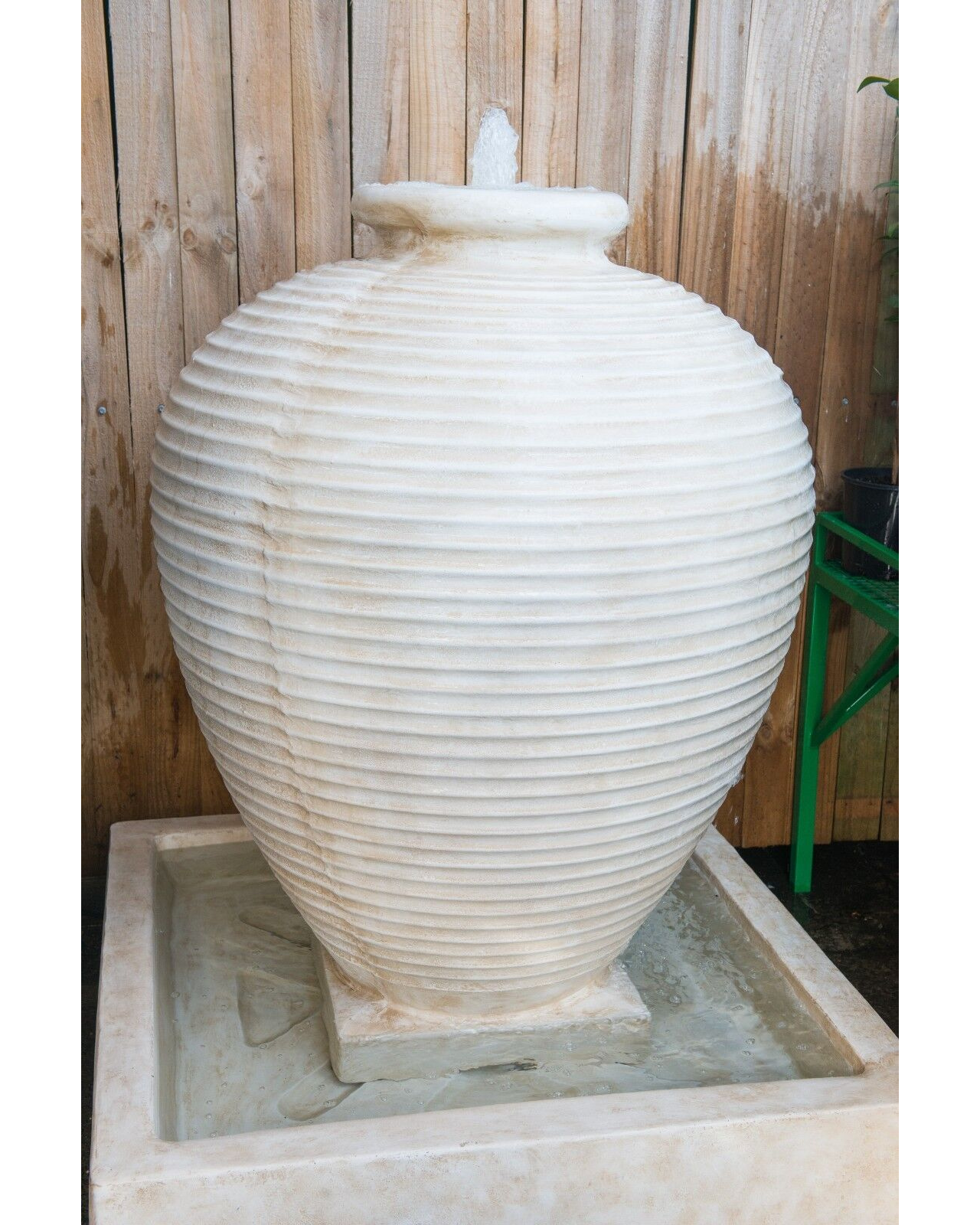

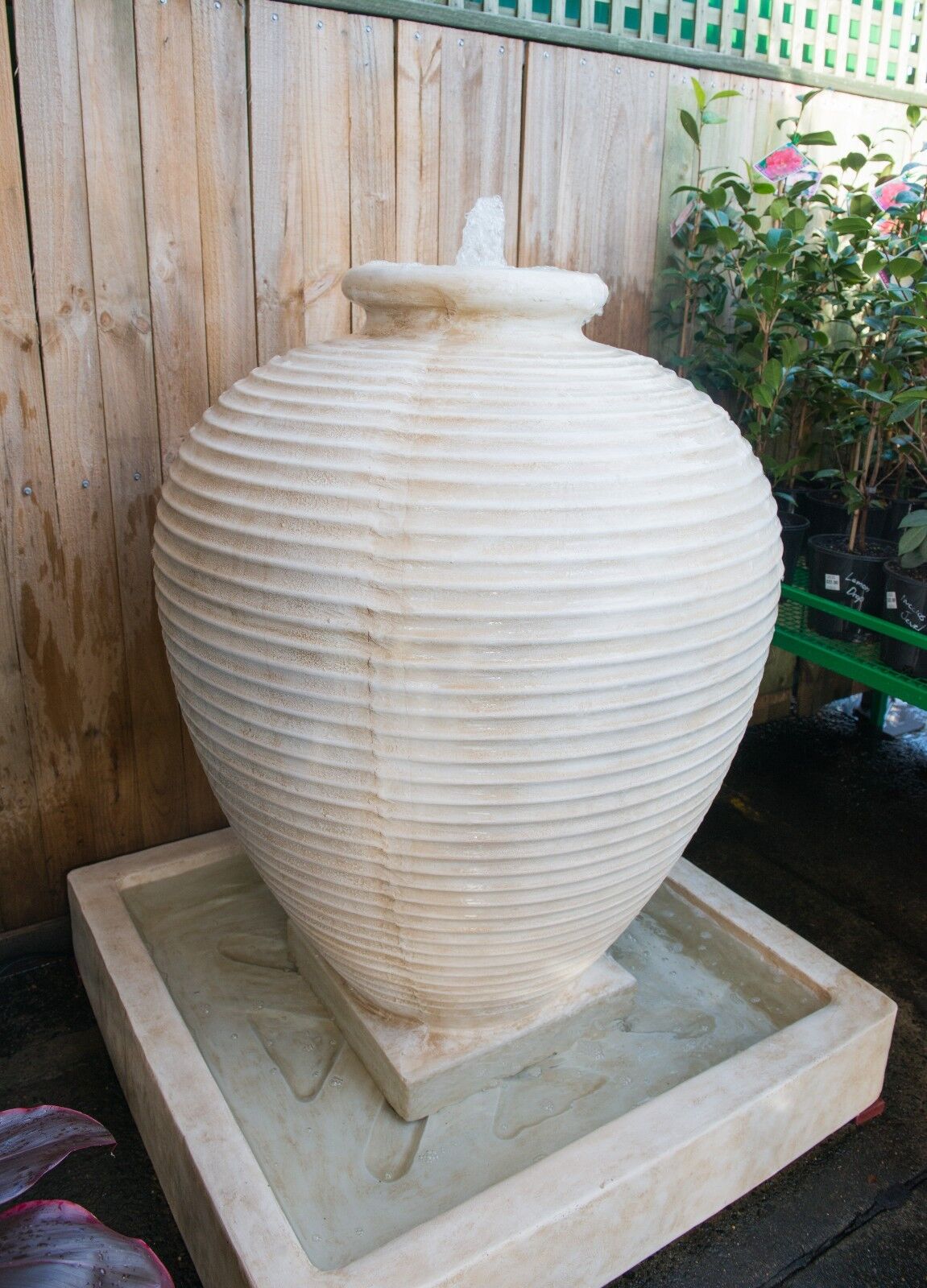
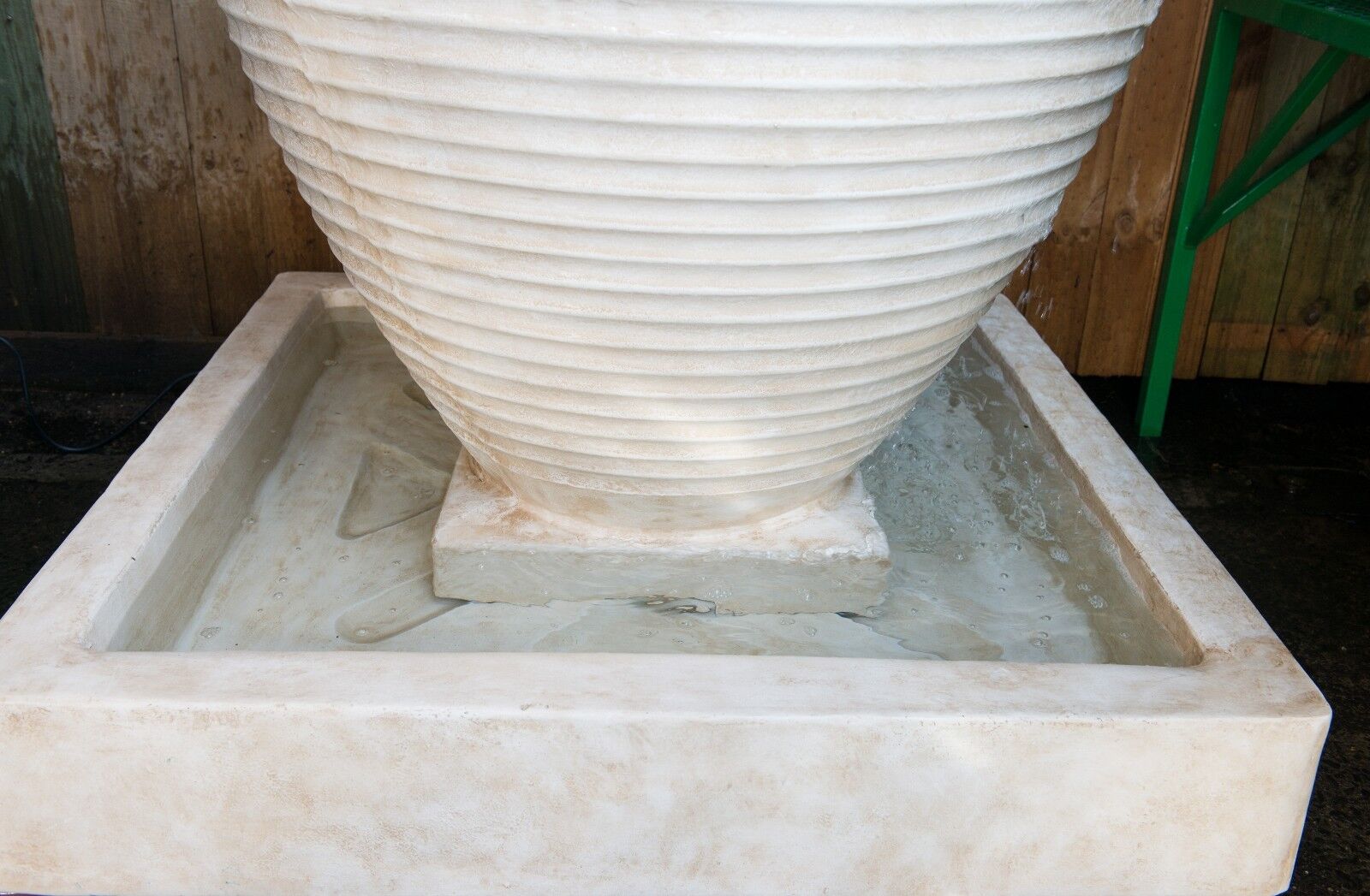
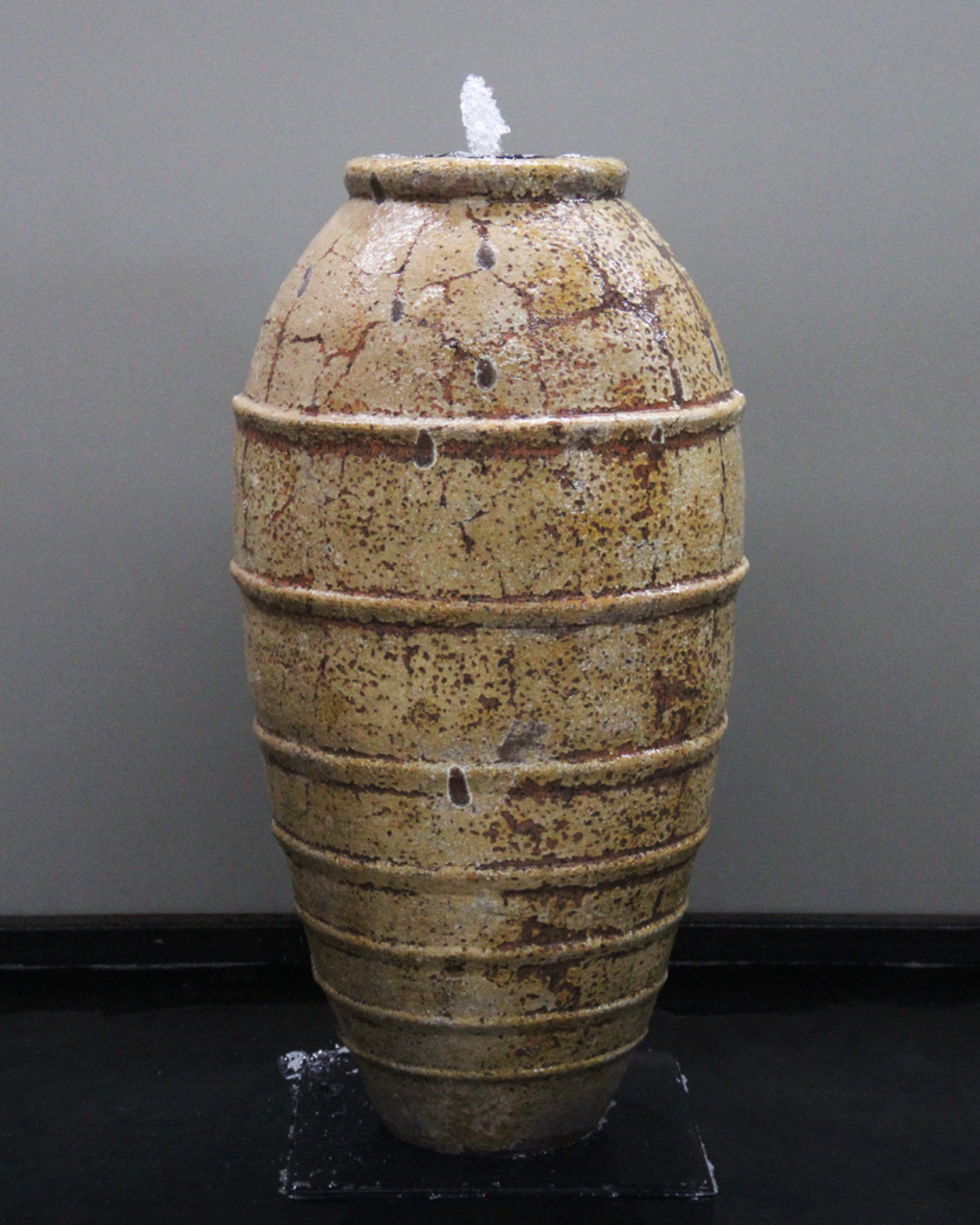

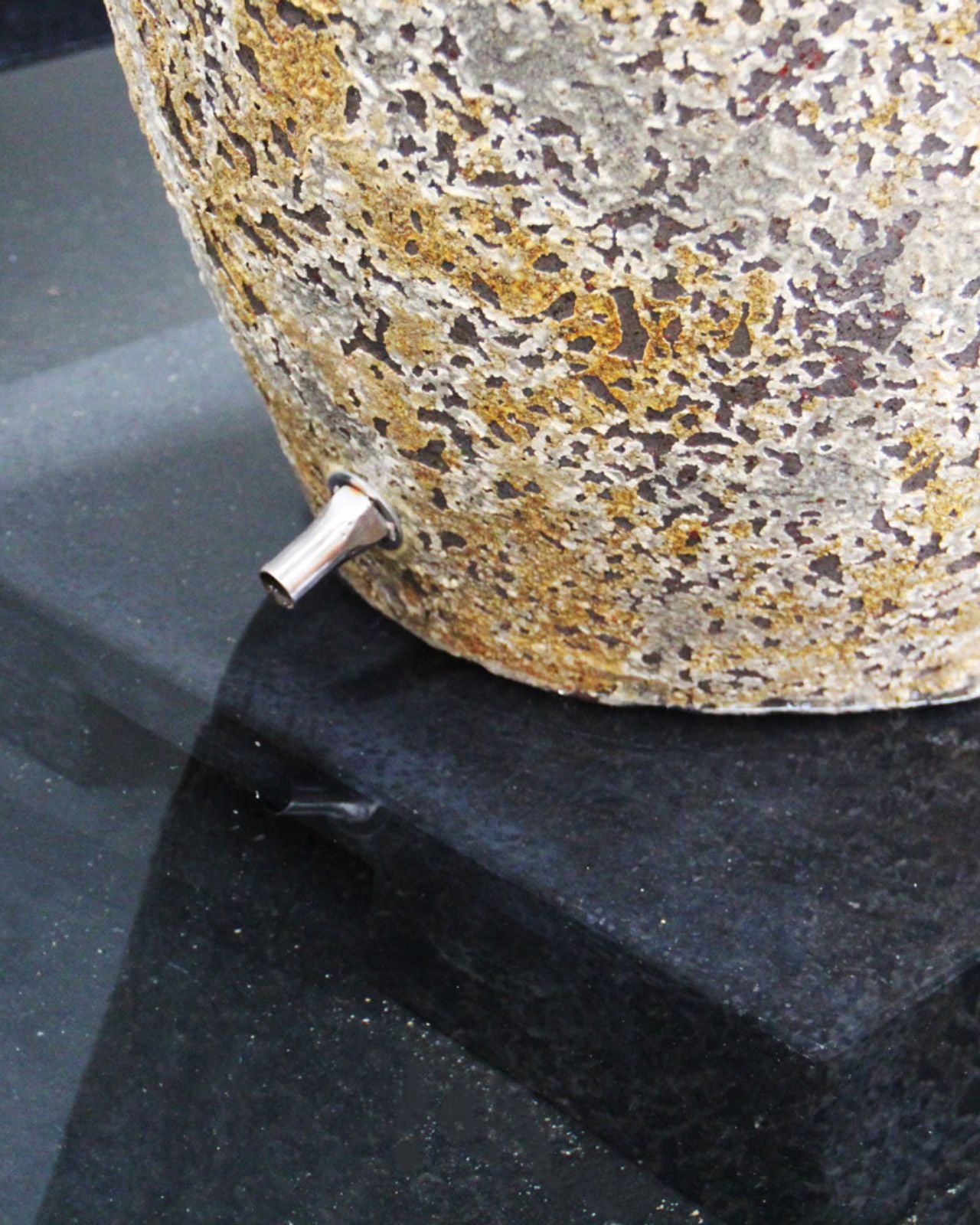
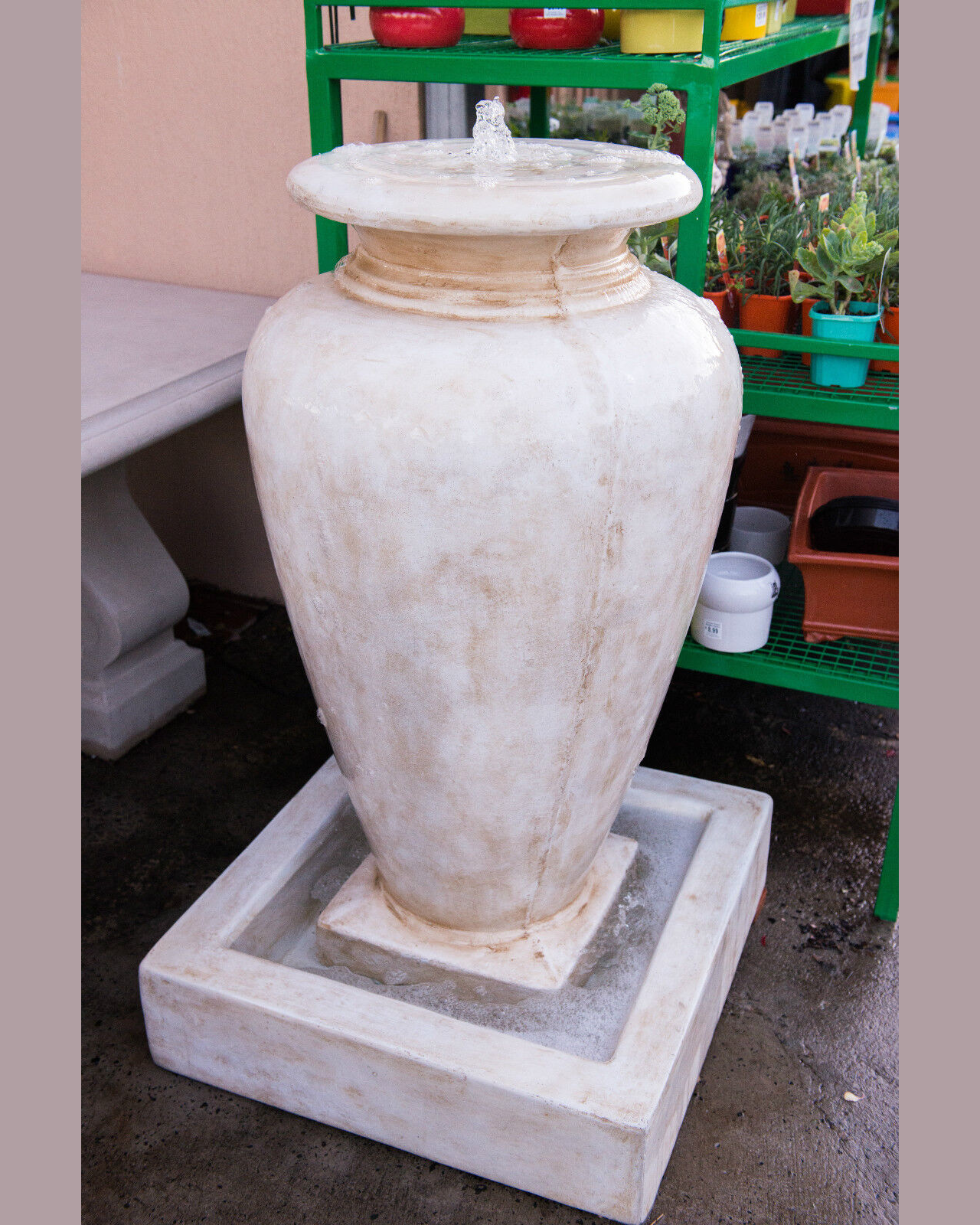

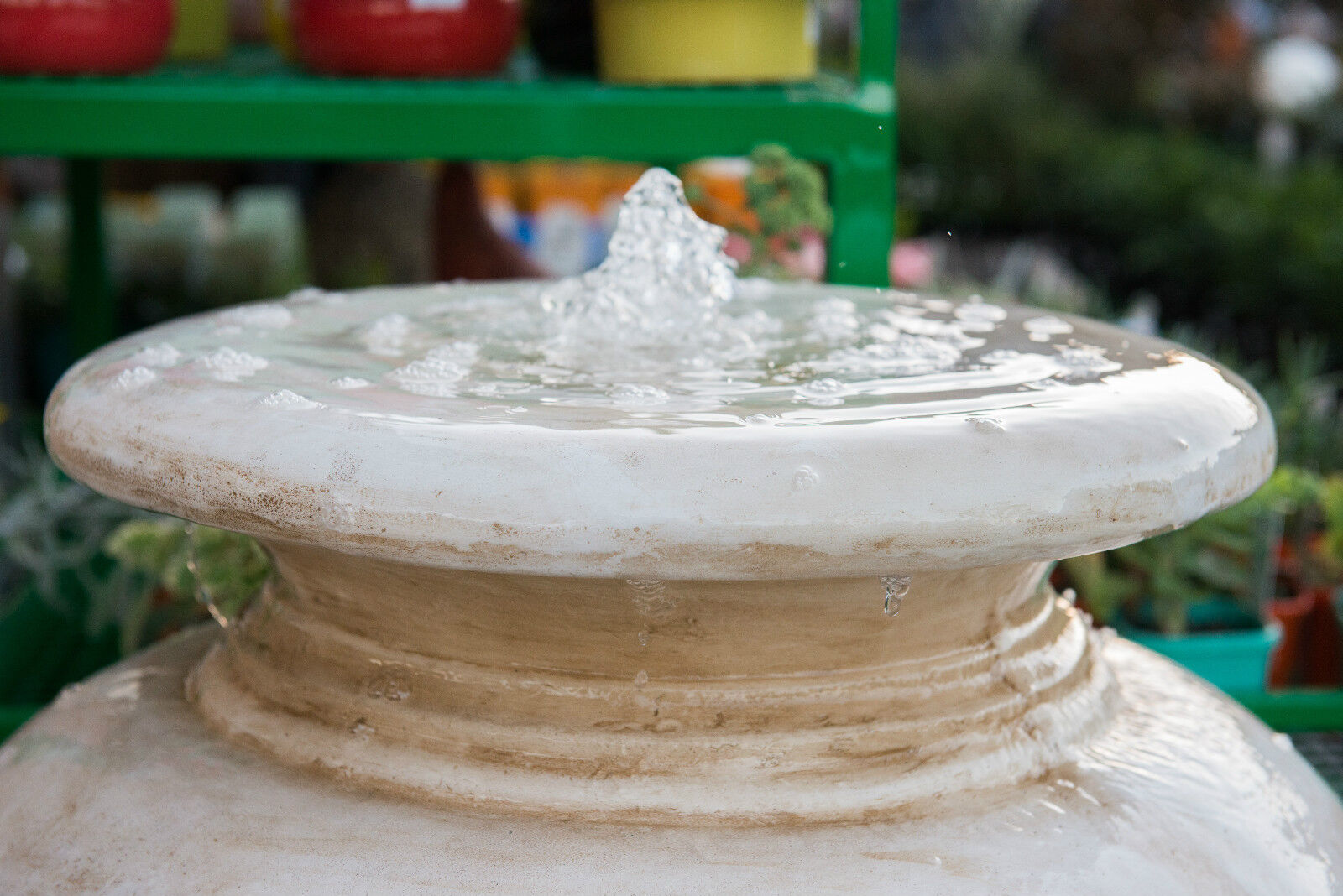
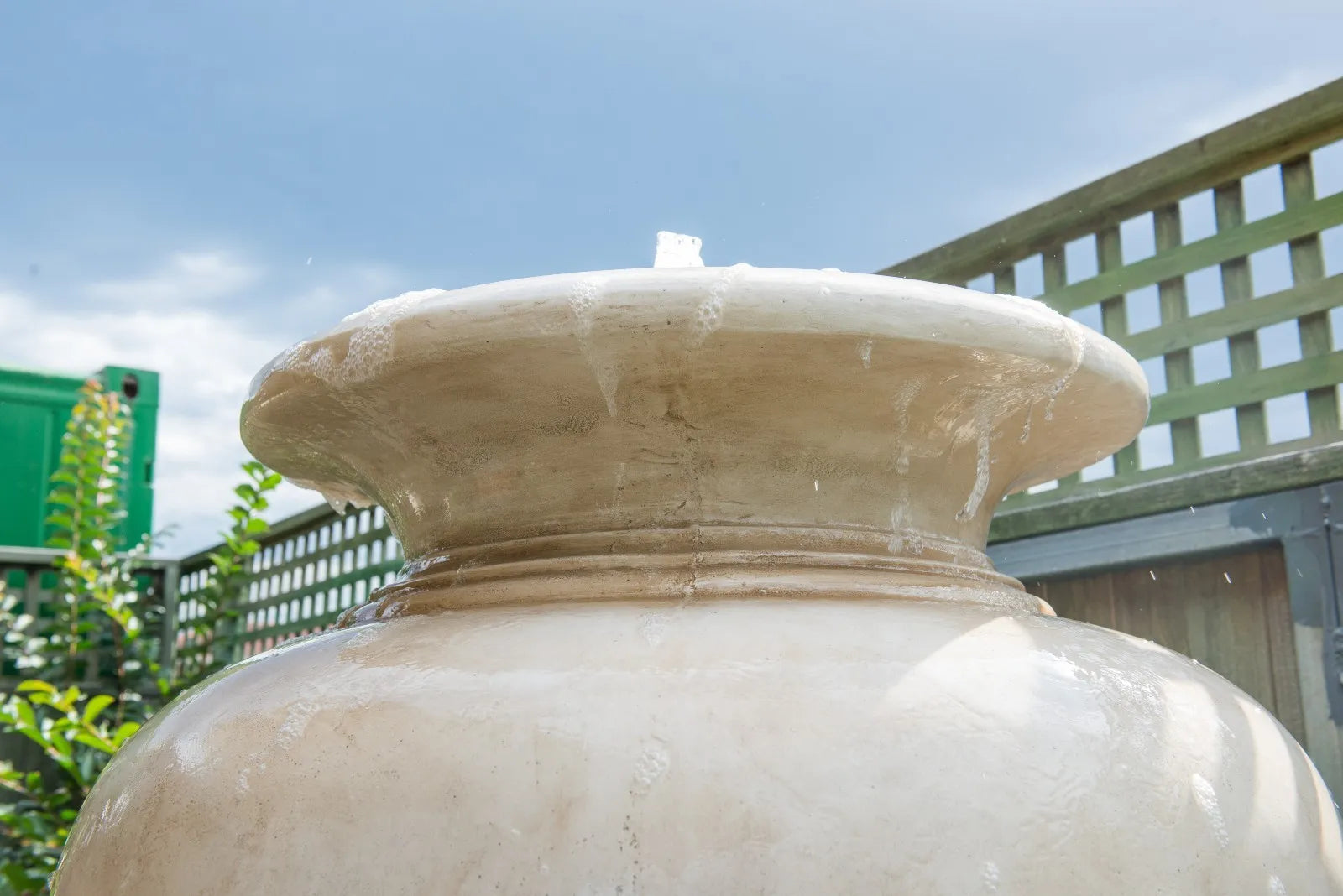
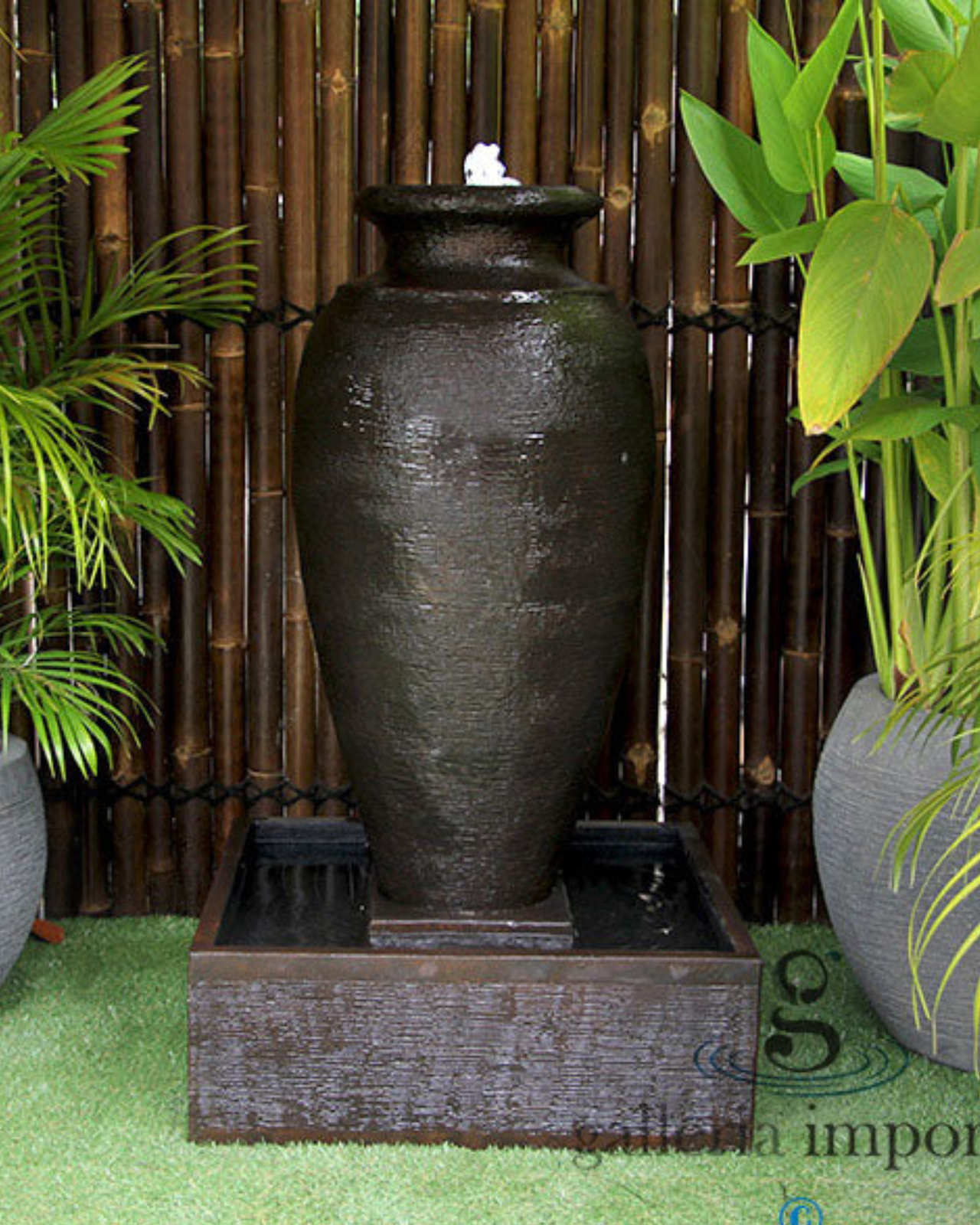

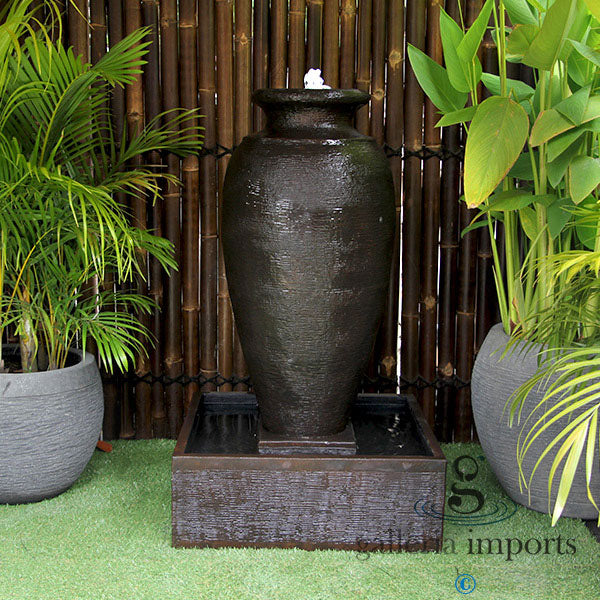
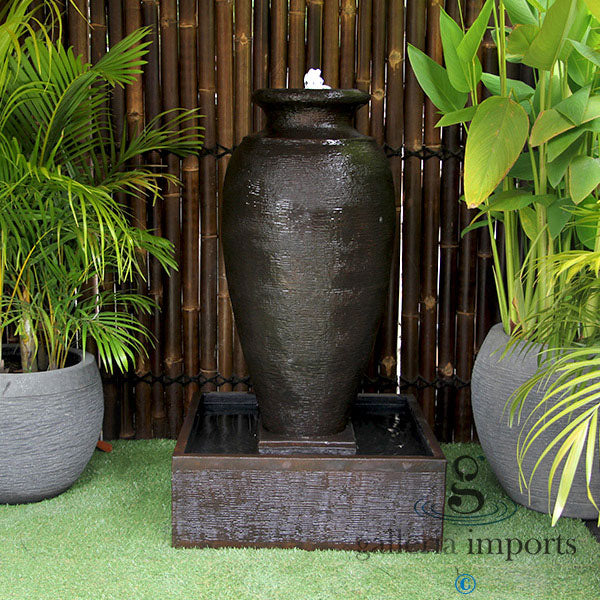
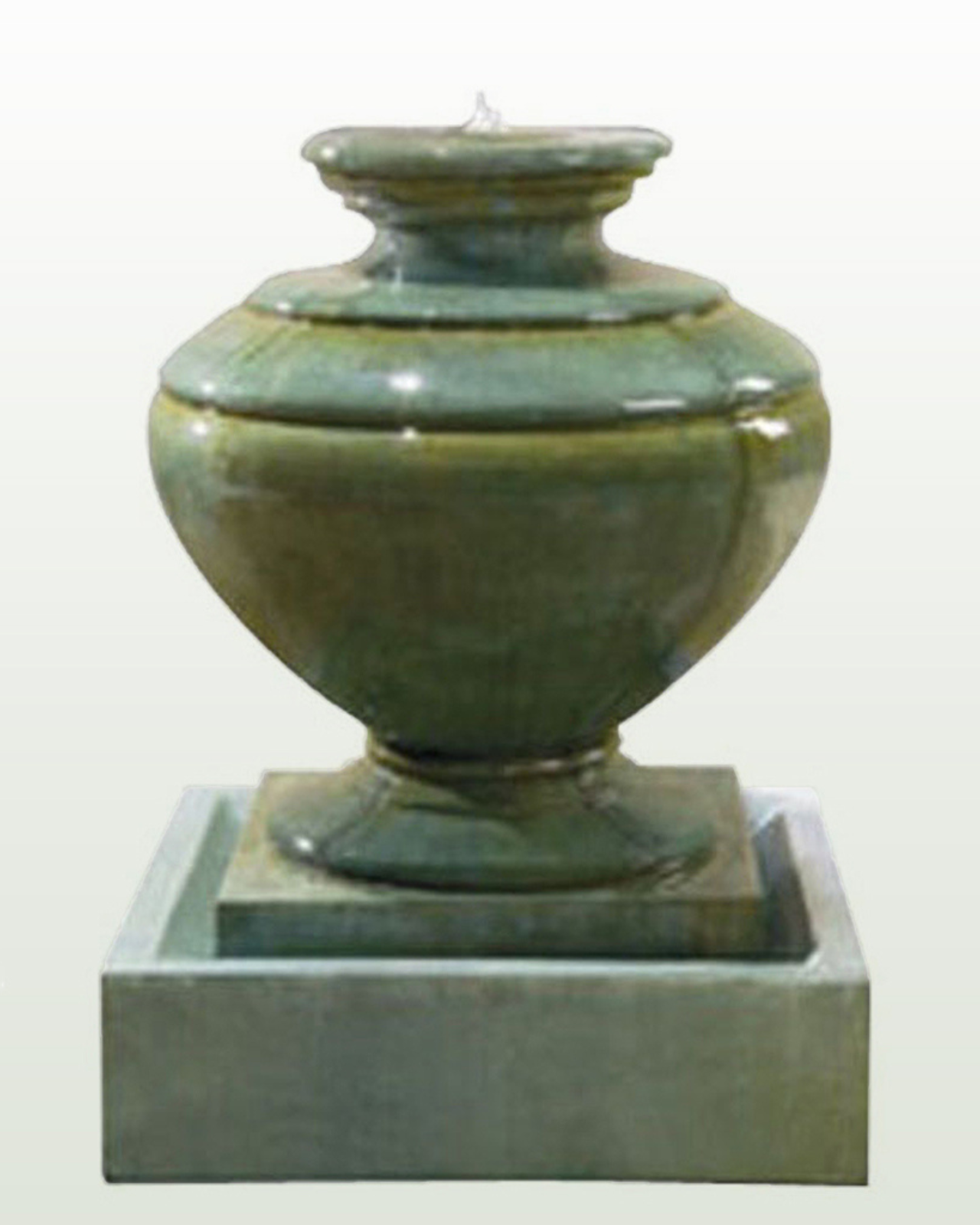
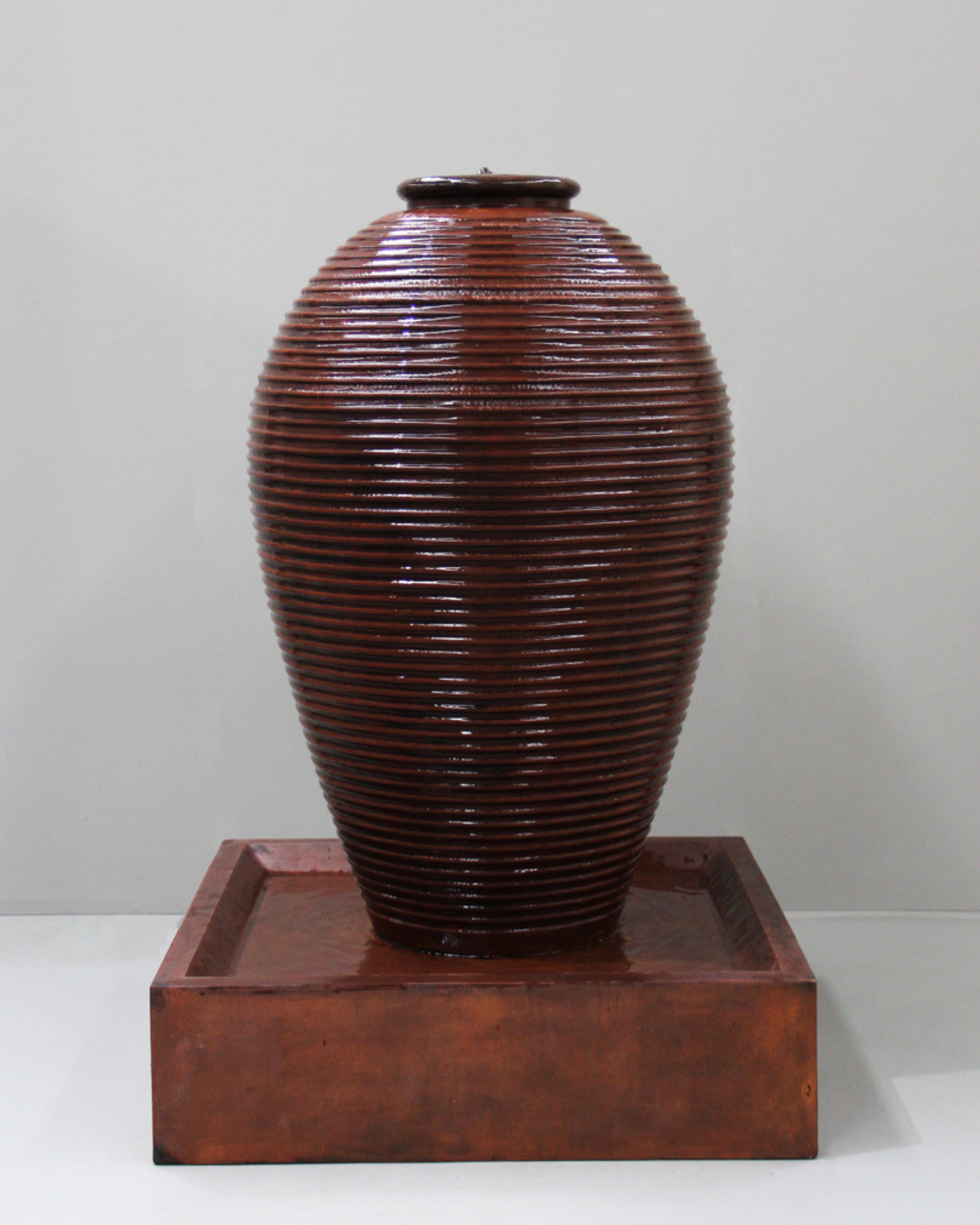
Share:
Guide on Tiered Water Fountains
Concrete Water fountains- a Comprehensive Guide